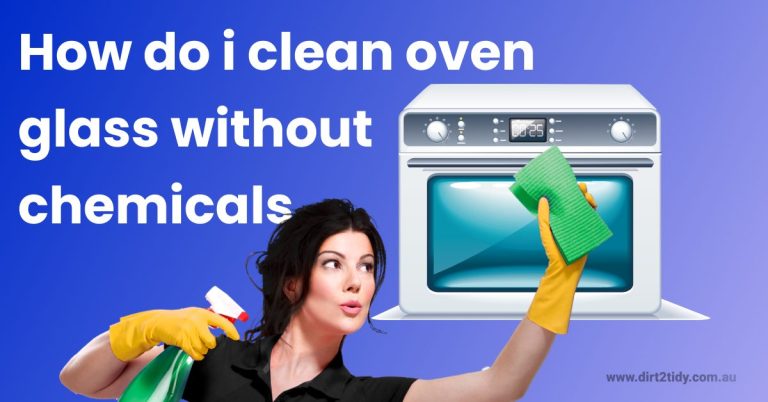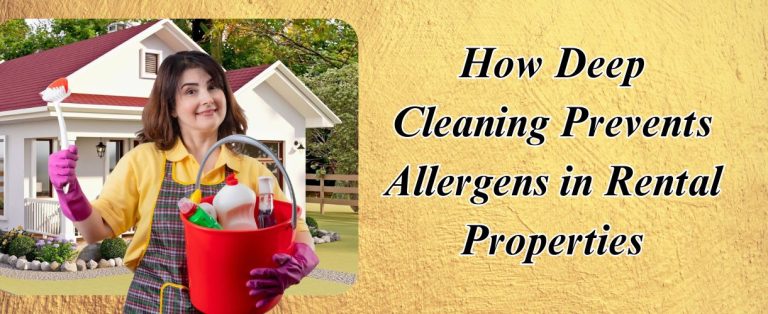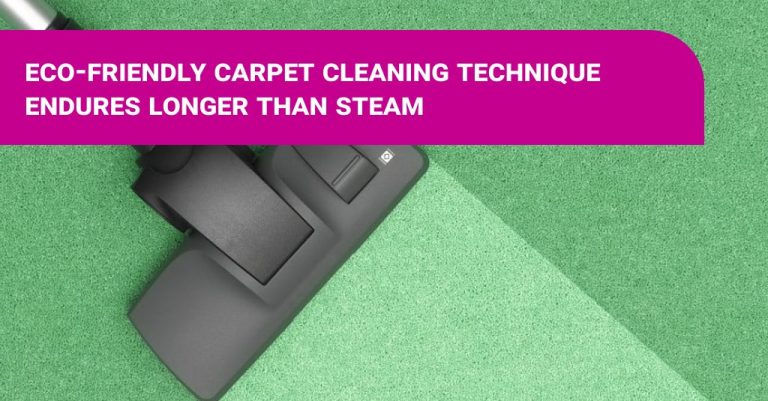Are you tired of cluttering your cleaning cabinet with multiple products that only do one thing? Or maybe you’re on a budget and want to find an all-purpose cleaner that can tackle any mess without breaking the bank. Well, we’ve got you covered! Today, we’re diving into the world of all-purpose cleaners to help answer the question: what’s the best all-purpose cleaner out there? Get ready for some serious cleaning power!

What is an all-purpose cleaner?
An all-purpose cleaner is a household cleaning product that can be used on multiple surfaces. All-purpose cleaners are typically made with surfactants, which are agents that lower the surface tension of water, allowing it to penetrate surfaces and remove dirt and grime. All-purpose cleaners can be used on both hard and soft surfaces, and are safe for use around children and pets.
You may also like to read about – “How to Use Whiskey as an all Purpose cleaner?“
What Should Consumers Know About the Efficacy of All-Purpose Cleaners in Killing Germs?
When using an all-purpose cleaner, it’s important to understand its role in maintaining cleanliness and health. These versatile products are designed to tackle a variety of everyday cleaning tasks, effectively removing dirt and grime from various surfaces. However, their ability to kill germs is limited in comparison to disinfectants.
Key Differences
- Surface Cleaning vs. Germ Killing: All-purpose cleaners can remove some germs along with visible soil, but they are not formulated to target and kill bacteria and viruses. For effective germ-killing action, a disinfectant is required.
- Combination Use: For comprehensive home hygiene, it’s beneficial to use both an all-purpose cleaner and a disinfectant. The former handles daily surface messes, while the latter targets areas with high germ exposure, such as kitchen counters and bathroom fixtures.
Considerations for Use
- Read Labels Carefully: Not all cleaning products have germ-killing properties. Check product labels and instructions to understand the scope of their effectiveness.
- Appropriate Application: Use disinfectants on high-touch areas and in places where germs are more likely to pose a risk to health.
By understanding these aspects, consumers can more effectively maintain a clean and safe home environment.
The best all-purpose cleaners
There are a lot of all-purpose cleaners on the market, so it can be tough to choose the right one. We’ve put together a list of the best all-purpose cleaners to help you make your decision.

1. Mrs. Meyer’s All-Purpose Cleaner: This cleaner is made with natural ingredients and is effective at cleaning surfaces like countertops, floors, and windows.
2. Clorox Green Works All-Purpose Cleaner: This cleaner is made with plant-based ingredients and is safe for use around children and pets. It’s also great for cleaning up spills and messes.
You may also like to read about – “What solution do professional carpet cleaners use?“
3. Seventh Generation All-Purpose Cleaner: This cleaner is made with renewable resources and is safe for use on food preparation surfaces. It’s also free of synthetic fragrances, dyes, and phthalates.
4. ECOS All-Purpose Cleaner: This cleaner is made with sustainable ingredients and is gentle enough for use on delicate surfaces like wood furniture or granite countertops.
5. Simple Green All-Purpose Cleaner: This cleaner is made with naturally derived ingredients and is safe for use around people with allergies or sensitivities.
How Effective Are Cleaning Tablets in Tackling Common Household Messes?
Cleaning tablets have gained popularity as eco-friendly alternatives to traditional liquid cleaners. But how do they really perform against common household challenges like soap scum and grease?
Soap Scum Removal
In controlled tests, tablet-based cleaners demonstrated impressive efficacy. They tackled soap scum on ceramic surfaces with ease, leaving behind clean, streak-free surfaces. Whether it was in a bathroom setting or elsewhere, these tablets proved to be reliable in removing stubborn stains, rivaling traditional cleaners.
Stain and Dirt Elimination
These versatile cleaners didn’t stop at soap scum. They effectively lifted tough coffee stains and cleared away tomato paste remnants, showcasing their ability to address a variety of everyday messes. Dirt and dust also succumbed easily, proving that cleaning tablets can handle general cleaning tasks with finesse.
Grease Challenge
When it came to the real test—dealing with grease—some tablets truly shined. Grease, known for its water-repelling and sticky nature, was no match for certain cleaners. With active ingredients like citric acid and sodium carbonate, some tablets lifted both fresh and dried grease films without leaving any residue behind. However, performance varied across brands, with a few leaving noticeable smudges on the surfaces tested.
Overall, cleaning tablets have shown to be effective contenders in the eco-friendly cleaning market. They can deal with common stains and dirt, and even when it comes to tougher challenges like grease, some brands excel. It’s important to choose wisely based on the specific needs of your cleaning tasks.
How to use all-purpose cleaners
When it comes to all-purpose cleaners, there are a few things you need to keep in mind. First, make sure you read the label and follow the directions. Second, always test the cleaner on an inconspicuous area before using it on the entire surface. And third, be sure to ventilate the area when using any cleaning product.
You may also like to read about – “What is the purpose of cleaning?“
What Should Be Considered When Using All-Purpose Cleaners on Various Surfaces?
All-purpose cleaners are a household staple designed to tackle dirt, dust, and grease on a variety of surfaces. However, using them effectively requires more than just spraying and wiping. Here’s what you need to keep in mind:
- Surface Compatibility:
- While these cleaners are versatile, they’re not suitable for every material. Avoid using them on glass or porous surfaces such as unfinished wood, where they could cause damage or leave unsightly residue.
- Check the Label:
- Always read the product label carefully before use. Manufacturers provide specific instructions and warnings that can guide you on the right application and avoid mishaps.
- Conduct a Spot Test:
- Before applying the cleaner to a large area, test it on a small, inconspicuous spot. This step ensures that the cleaner is safe to use without risking damage or discoloration.
- Different Formulations:
- Be aware that not all formulas are created equal. Some might include harsh chemicals, while others might be eco-friendly. Choose according to your cleaning needs and environmental preferences.
- Safety Precautions:
- Ensure the area is well-ventilated during use, and consider wearing gloves to protect your skin from potential irritants.
By taking these considerations into account, you can maximize the efficacy of all-purpose cleaners while safeguarding your surfaces and maintaining a clean, healthy home environment.
Now that you know the basics, let’s get into how to actually use all-purpose cleaners. For most surfaces, you’ll want to dilute the cleaner with water. The ratio will vary depending on the cleaner and the manufacturer’s instructions, so be sure to read the label. Once you’ve diluted the cleaner, simply apply it to the surface with a sponge or cloth and scrub as needed.
Keep in mind that all-purpose cleaners are not necessarily safe for all surfaces. Avoid using them on delicate surfaces like wood or stone, and be extra careful when cleaning around electrical outlets. When in doubt, always err on the side of caution and consult with a professional if necessary.
Key Factors for Evaluating Cleaning Tablets
When determining the effectiveness of cleaning tablets, consider several crucial aspects to ensure they meet your cleaning needs.
Real-Life Applications
To gauge true performance, testing should simulate everyday cleaning challenges. This gives insight into how well cleaning tablets perform under typical household conditions.
Mess Type & Cleaning Ability
- Grease Removal: Evaluate how the tablet tackles grease on various surfaces, such as stovetops after frying bacon. An effective cleaner should easily break down grease without leaving residue.
- Soap Scum: Examine the product’s capacity to eliminate soap scum from bathroom surfaces, using a blend that mimics real grime. A quality tablet effortlessly cuts through scum, restoring the surface’s original shine.
Stain and Smear Handling
- Stain Removal on Countertops: Assess its efficiency in removing dried beverage stains, like coffee, from surfaces like marble, ensuring no streaks remain post-cleaning.
- Streak-Free Finish: The effectiveness of the tablet on stainless-steel surfaces is critical. It should remove smudges and fingerprints, leaving the surface sleek and shiny.
Surface Compatibility
- Wood Safety: Check that the cleaning product can remove dried-on substances like tomato paste from sealed wood without damage or discoloration, maintaining the integrity of your floors.
By examining these performance aspects across various surfaces and mess types, you can select cleaning tablets that deliver reliable, efficient results tailored to your household’s needs.
All-purpose cleaner recipes
There are a few all-purpose cleaner recipes that you can use to clean your home. The best all-purpose cleaner recipe is one that is safe for you and your family, as well as the environment. You’ll need to gather a few ingredients to make this all-purpose cleaner recipe. Here’s what you’ll need:
You may also like to read about – “Why are Defoamers used in Carpet Cleaners?“
- 1/2 cup white vinegar
- 1/2 cup water
- 1 tablespoon baking soda
- 10 drops of essential oil (optional)
Simply mix these ingredients together in a spray bottle and you’re ready to start cleaning! This all-purpose cleaner can be used on most surfaces in your home. It’s a great way to naturally clean your home without using any harsh chemicals.
How Cleaning Spray Tablets Reduce Carbon Footprints in Transportation
When it comes to reducing carbon footprints during transportation, cleaning spray tablets offer a sustainable solution that traditional liquid cleaners often can’t match. Here’s how:
- Minimal Packaging: Cleaning spray tablets are compact and require much less packaging than bulky plastic bottles filled with liquid. This not only reduces the waste generated but also diminishes the need for large, resource-intensive packaging materials.
- Lightweight and Space-efficient: The tablets themselves are small and light, which means more products can fit into a single shipment. This efficiency leads to fewer trips required to transport the same number of units, reducing fuel consumption and emissions.
- Optimized Transport: Due to their small size and concentrated nature, tablets are easier and more cost-effective to transport. They can be shipped in bulk with minimal environmental impact, allowing companies to streamline their logistics and lower carbon emissions.
- Environmental Ingredients: These tablets often use eco-friendly ingredients, avoiding harmful chemicals found in conventional cleaners. This factor not only contributes to a healthier planet but also often involves less energy-intensive manufacturing processes.
In summary, cleaning spray tablets are a smart choice for those looking to minimize their environmental impact. By requiring fewer resources and generating less waste, they offer a greener alternative that aligns transportation efficiency with sustainability goals.
Conclusion
In conclusion, it’s important to find an all-purpose cleaner that works for your needs. There are many different types of cleaners on the market, but only you can decide which one is right for you. Whether you need a heavy-duty cleaner or something more gentle and easy to use, consider your cleaning needs and select the best all-purpose cleaner to get the job done!
What Factors Contribute to the Sustainability Ratings of Cleaning Products?
When evaluating the sustainability of cleaning products, several key aspects are considered to ensure a comprehensive assessment. Here’s a breakdown of these factors:
1. Environmental Impact During Production
- Materials Used: The origin and type of materials play a crucial role. Consideration is given to whether they’re renewable or sourced sustainably.
- Manufacturing Process: Evaluates the methods adopted during production—examining energy efficiency and water usage.
- Transportation: Looks at the distance traveled from production to shelf and the resulting carbon footprint.
2. End-of-Life Considerations
- Disposal Factors: How the product and its packaging are handled post-use is vital. This includes the ease of recycling and the biodegradability of materials.
- Toxicity: Determines if any harmful residues will be left in the environment.
3. Manufacturer’s Environmental Practices
- Corporate Responsibility: Assesses the broader environmental commitments of the company, such as efforts to offset carbon emissions or engage in conservation projects.
- Community Initiatives: Involves evaluating any programs that help reduce the overall environmental impact beyond product-specific actions.
4. Transparency
- Information Disclosure: Bonus consideration is given to companies that openly share details about their processes and materials, fostering trust and accountability.
By assessing these dimensions, informed judgments about the sustainability of cleaning products can be made. While not exhaustive life-cycle analyses, these factors collectively offer a clear perspective on environmental responsibility.






